Home>Gardening & Outdoor>Landscaping Ideas>How To Grow Grass In An Aquarium
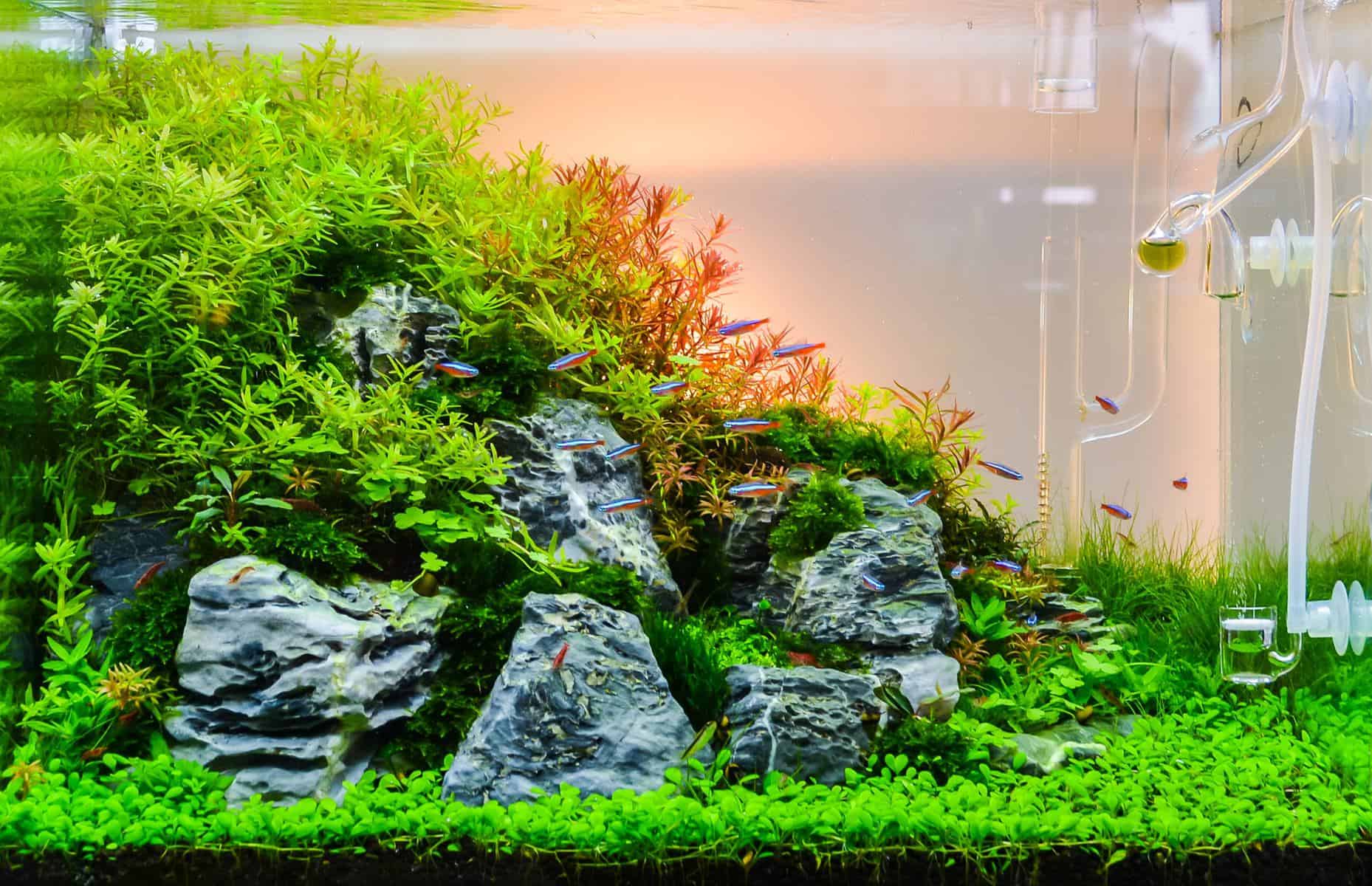

Landscaping Ideas
How To Grow Grass In An Aquarium
Published: January 24, 2024
Discover expert landscaping ideas for growing grass in your aquarium. Learn how to create a lush and vibrant underwater landscape with our step-by-step guide.
(Many of the links in this article redirect to a specific reviewed product. Your purchase of these products through affiliate links helps to generate commission for Storables.com, at no extra cost. Learn more)
Introduction
Creating a stunning aquatic landscape within your aquarium involves careful consideration of the elements you introduce. While many aquarium enthusiasts focus on fish and aquatic plants, incorporating grass can add a unique and visually striking dimension to your underwater environment. In this guide, we will explore the steps to successfully grow grass in an aquarium, transforming it into a captivating underwater meadow.
Whether you are a seasoned aquarium hobbyist or a newcomer to the world of underwater ecosystems, cultivating grass in your aquarium can be a rewarding and visually enriching experience. The gentle sway of the grass blades, the vibrant green hues, and the naturalistic appeal can create a mesmerizing underwater tableau that will captivate both you and your aquatic inhabitants.
Before embarking on this endeavor, it’s essential to understand the intricacies of selecting the right type of grass, preparing the aquarium, planting the grass, and maintaining its lush growth. By delving into each of these aspects, you can ensure the successful cultivation and sustenance of grass within your aquarium, fostering a thriving aquatic ecosystem that mirrors the beauty of nature.
Join us as we embark on this aquatic journey, uncovering the art and science of growing grass in an aquarium and discovering the transformative impact it can have on your underwater world.
Key Takeaways:
- Growing grass in an aquarium involves selecting the right type of grass, preparing the aquarium, planting the grass, and maintaining its health. It’s a blend of art and science that creates a visually stunning underwater landscape.
- By nurturing the aquatic grass with dedicated care and attention, you can cultivate a flourishing and visually captivating underwater landscape that celebrates the allure of aquatic flora and the enchanting charm of a vibrant underwater meadow.
Read more: How To Grow Aquarium Grass From Seeds
Selecting the Right Type of Grass
Choosing the appropriate type of grass is a pivotal first step in creating a flourishing aquatic landscape within your aquarium. Several species of aquatic grass are well-suited for underwater cultivation, each offering unique characteristics and growth patterns. When selecting the right type of grass for your aquarium, it’s essential to consider factors such as growth rate, light requirements, and compatibility with your aquatic inhabitants.
One popular choice for aquarium grass is the dwarf hairgrass (Eleocharis parvula). This delicate and vibrant grass species is known for its fine, bright green blades and its ability to form dense carpets within the aquarium. It thrives in moderate to high lighting conditions and can create a lush, grassy bed that provides ample hiding spots for small fish and invertebrates.
Another favored option is micro sword (Lilaeopsis brasiliensis), a grass species characterized by its slender, grass-like leaves and low-growing nature. Micro sword grass is ideal for creating a verdant carpet at the bottom of the aquarium, adding a touch of natural beauty to the underwater environment. It flourishes in moderate lighting and can spread to form a dense, visually appealing mat.
For those seeking a more robust and visually striking grass species, Japanese hairgrass (Marsilea crenata) presents an excellent choice. This grass features intricate, clover-like leaves and can thrive in both low and high light conditions. Its unique appearance adds a captivating aesthetic to the aquarium, making it a popular selection among aquarists aiming to create a visually dynamic underwater landscape.
When considering the right type of grass for your aquarium, it’s crucial to assess the lighting conditions within your tank, as well as the specific requirements of your aquatic flora and fauna. By selecting a grass species that aligns with these factors, you can lay the foundation for a thriving and visually appealing aquatic environment.
As you explore the diverse array of aquatic grass species available, take into account the growth habits, maintenance needs, and compatibility with your overall aquascape vision. By making an informed choice in selecting the right type of grass, you can set the stage for a captivating and sustainable underwater garden within your aquarium.
Preparing the Aquarium
Before introducing grass into your aquarium, it’s essential to ensure that the aquatic environment is suitably prepared to support the growth and vitality of the grass species you have selected. Adequate preparation of the aquarium involves creating favorable conditions for the grass to thrive, including substrate selection, lighting considerations, and nutrient availability.
The choice of substrate plays a crucial role in providing a stable foundation for the grass to take root and spread within the aquarium. Opt for a nutrient-rich substrate specifically designed for aquatic plants, as this will offer essential nutrients and support healthy root development. Additionally, a fine-grained substrate, such as aquatic plant soil or specialized gravel, can facilitate the establishment of a dense and visually appealing grass bed.
Lighting is another critical component in preparing the aquarium for grass cultivation. Different grass species have varying light requirements, so it’s important to select appropriate lighting that meets the needs of your chosen grass variety. For light-loving species, such as dwarf hairgrass, consider installing moderate to high-intensity aquarium lights to promote robust growth and vibrant coloration. Conversely, species that thrive in lower light conditions, such as micro sword, may require gentle, diffused lighting to flourish.
Ensuring the availability of essential nutrients is paramount in creating an optimal environment for grass cultivation. Consider incorporating a comprehensive liquid fertilizer or root tabs into the substrate to provide the grass with vital nutrients, including nitrogen, phosphorus, and potassium. These nutrients are essential for sustaining healthy growth and vibrant coloration, contributing to the overall visual appeal of the aquatic grass bed.
Furthermore, maintaining water quality is fundamental in preparing the aquarium for grass cultivation. Regular water testing and appropriate water changes help to uphold optimal water parameters, ensuring a healthy and stable environment for the grass to thrive. By prioritizing water quality and stability, you can create an environment conducive to the sustained growth and vitality of the aquatic grass within your aquarium.
By meticulously preparing the aquarium to accommodate the specific needs of the chosen grass species, you can establish an environment that fosters robust growth, vibrant coloration, and overall health. Through thoughtful consideration of substrate, lighting, nutrient provision, and water quality, you can lay the groundwork for a visually captivating and flourishing aquatic grass bed within your aquarium.
Choose the right type of grass for your aquarium, such as dwarf hairgrass or micro sword. Use a nutrient-rich substrate and provide adequate lighting for photosynthesis. Consider adding CO2 and fertilizers to promote healthy growth.
Planting the Grass
Planting aquatic grass within your aquarium involves a series of deliberate steps aimed at facilitating the establishment and growth of the grass species. By adhering to proper planting techniques, you can set the stage for a lush and visually appealing grass bed that enhances the overall aesthetic of the underwater environment. From preparing the grass for planting to ensuring optimal positioning within the aquarium, each step contributes to the successful integration of grass into your aquatic landscape.
Prior to planting, carefully inspect the grass specimens to ensure they are healthy and free from any signs of damage or decay. Trim any excessively long or damaged roots, and gently rinse the grass to remove any debris or impurities, preparing it for seamless integration into the aquarium environment.
When planting the grass, consider the desired layout and coverage within the aquarium. For species that form dense carpets, such as dwarf hairgrass or micro sword, plant individual grass clusters at regular intervals to encourage uniform growth and coverage. Alternatively, for species with a more intricate growth pattern, such as Japanese hairgrass, position the grass specimens strategically to showcase their unique visual appeal within the aquascape.
Utilize specialized planting tools, such as aquascaping tweezers or planting tongs, to carefully position the grass within the substrate. Gently press the roots into the substrate, ensuring they are anchored securely while avoiding excessive disturbance to the surrounding area. This method promotes root establishment and minimizes the risk of uprooting the grass during routine maintenance or water changes.
As you plant the grass, consider the overall aquascape design and the interplay between the grass and other elements within the aquarium. Create naturalistic contours and undulations within the grass bed, mimicking the organic flow of a terrestrial meadow. By incorporating varying heights and densities, you can evoke a sense of depth and visual interest, transforming the aquarium into a captivating underwater landscape.
Following the initial planting, provide adequate care and monitoring to support the grass’s acclimation and growth. Maintain consistent lighting, nutrient supplementation, and water quality to nurture the newly planted grass, facilitating its integration into the aquarium ecosystem. By attending to these essential aspects, you can foster the development of a vibrant and flourishing grass bed that enriches the visual appeal of your aquatic environment.
By approaching the planting process with care and attention to detail, you can establish a captivating and visually dynamic grass bed within your aquarium, creating a mesmerizing underwater tableau that mirrors the beauty of natural aquatic habitats.
Maintaining the Grass
After successfully planting aquatic grass in your aquarium, diligent maintenance is essential to ensure its sustained health, vitality, and visual appeal. By implementing a comprehensive maintenance regimen tailored to the specific needs of the grass species, you can foster robust growth, vibrant coloration, and an overall thriving aquatic landscape. From routine trimming to nutrient management, each aspect of maintenance contributes to the long-term well-being of the grass within your aquarium.
Regular pruning and trimming play a crucial role in maintaining the aesthetic and structural integrity of the grass bed. As the grass grows, it may require periodic trimming to prevent it from overshadowing other aquatic flora or obstructing the view within the aquarium. Utilize specialized aquascaping scissors or trimming tools to carefully prune the grass, shaping it into a visually appealing and well-maintained carpet or landscape feature.
Monitoring and adjusting lighting levels is paramount in sustaining the health and vibrancy of the aquatic grass. Different species have varying light requirements, and it’s essential to ensure that the lighting intensity and duration align with the specific needs of the grass species within your aquarium. By providing adequate light and avoiding excessive or insufficient exposure, you can promote healthy growth and vibrant coloration, enhancing the overall visual impact of the grass bed.
Managing nutrient availability is critical in supporting the long-term health and vitality of the aquatic grass. Regularly supplement the aquarium with a balanced liquid fertilizer or root tabs to provide essential nutrients, including nitrogen, phosphorus, and potassium. Additionally, maintaining optimal water parameters through regular testing and water changes contributes to the overall well-being of the grass, ensuring a stable and conducive environment for sustained growth.
Preventing the accumulation of debris and detritus within the grass bed is essential for maintaining a clean and visually appealing aquatic landscape. Gentle water flow and periodic substrate maintenance, such as gentle vacuuming, help to mitigate the buildup of organic matter and ensure that the grass bed remains pristine and free from unsightly debris. By upholding cleanliness within the aquarium, you can showcase the beauty of the grass bed and create a captivating underwater environment.
Regular observation and proactive intervention are essential components of grass maintenance, enabling you to identify and address any issues that may arise. Monitor the grass for signs of discoloration, stunted growth, or pest infestations, and take prompt action to rectify any concerns. By staying attuned to the needs of the grass and responding proactively, you can safeguard its long-term health and vitality within the aquarium.
By adhering to a comprehensive maintenance routine that encompasses pruning, lighting management, nutrient supplementation, cleanliness, and proactive observation, you can ensure the sustained health and visual allure of the aquatic grass within your aquarium. Through attentive care and maintenance, you can cultivate a thriving and visually captivating underwater landscape that showcases the natural beauty of aquatic grass.
Read more: How To Plant Grass In An Aquarium
Conclusion
Cultivating a lush and vibrant grass bed within your aquarium is a gratifying endeavor that can transform the underwater environment into a captivating and visually dynamic landscape. By carefully selecting the right type of grass, preparing the aquarium, planting the grass, and maintaining its health, you can create an immersive aquatic tableau that mirrors the natural beauty of terrestrial meadows.
The process of growing grass in an aquarium encompasses a harmonious blend of art and science, requiring thoughtful consideration of the specific needs and characteristics of the chosen grass species. From the delicate blades of dwarf hairgrass to the intricate foliage of Japanese hairgrass, each grass variety contributes to the creation of a visually stunning underwater garden that enriches the overall aquascape.
As you embark on this aquatic journey, immerse yourself in the artistry of aquascaping, carefully sculpting the grass bed to evoke a sense of naturalistic beauty and tranquility within the aquarium. The gentle sway of the grass blades, the interplay of light and shadow, and the vibrant green hues converge to form a mesmerizing underwater vista that captivates both aquarists and aquatic inhabitants alike.
Throughout the process, the well-being of the aquatic grass hinges on meticulous care and attention, encompassing aspects such as lighting management, nutrient supplementation, and proactive maintenance. By nurturing the grass with dedicated care and ensuring a conducive environment, you can cultivate a flourishing and visually captivating underwater landscape that serves as a testament to the artistry and wonder of aquatic ecosystems.
Ultimately, the presence of a thriving grass bed within your aquarium not only enhances the aesthetic appeal but also contributes to the overall well-being of the aquatic environment. The grass provides shelter, grazing areas, and a naturalistic habitat for fish and invertebrates, fostering a harmonious and balanced ecosystem within the confines of the aquarium.
As you witness the graceful undulations of the grass and the vibrant vitality it brings to the aquatic environment, you are reminded of the awe-inspiring beauty and tranquility of natural aquatic habitats. Through the artful cultivation of grass within your aquarium, you have the opportunity to create a captivating and immersive underwater world that celebrates the allure of aquatic flora and the enchanting charm of a vibrant underwater meadow.
Embrace the art and science of growing grass in an aquarium, and embark on a journey that celebrates the boundless beauty and wonder of aquatic landscapes, creating an enchanting underwater realm that captivates the senses and inspires the imagination.
Frequently Asked Questions about How To Grow Grass In An Aquarium
Was this page helpful?
At Storables.com, we guarantee accurate and reliable information. Our content, validated by Expert Board Contributors, is crafted following stringent Editorial Policies. We're committed to providing you with well-researched, expert-backed insights for all your informational needs.
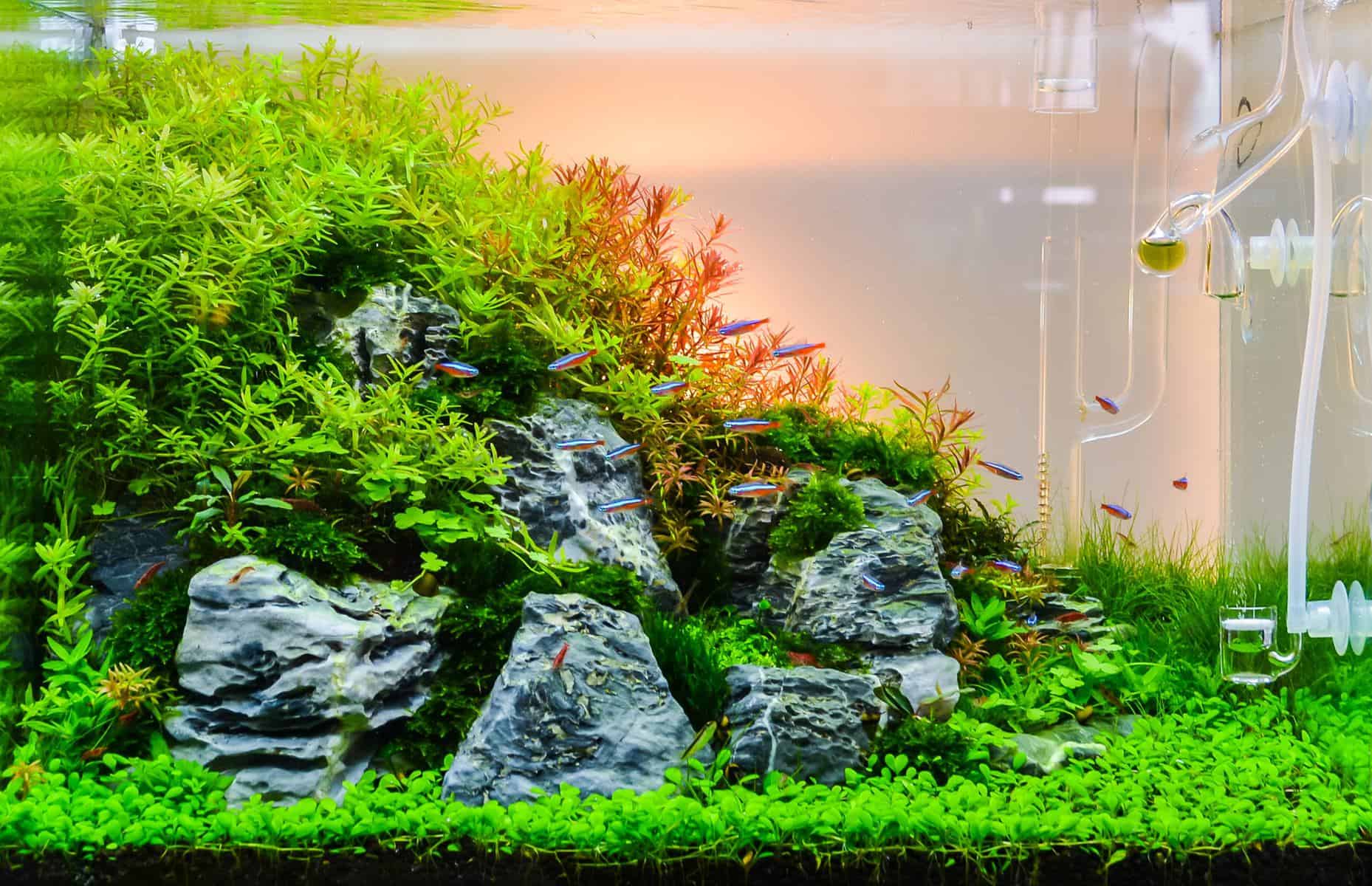
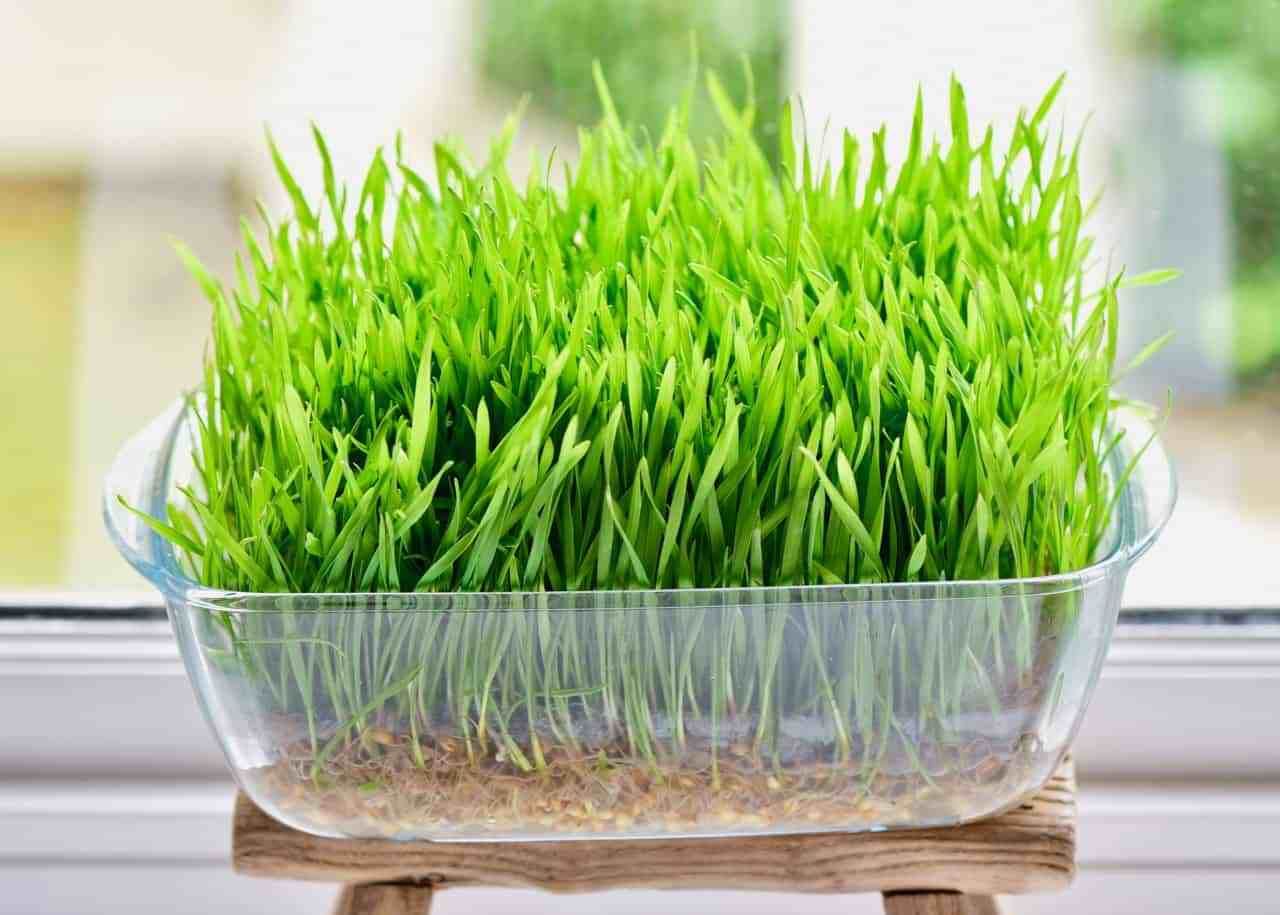
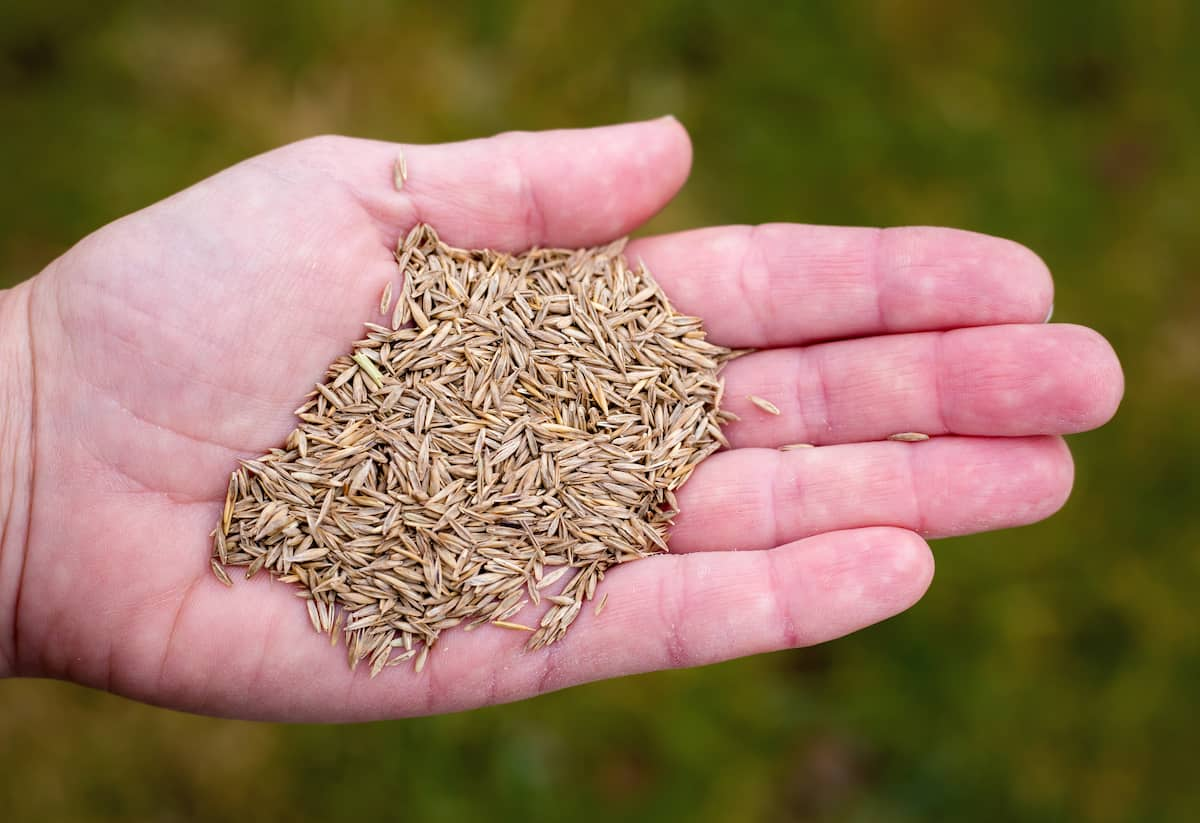
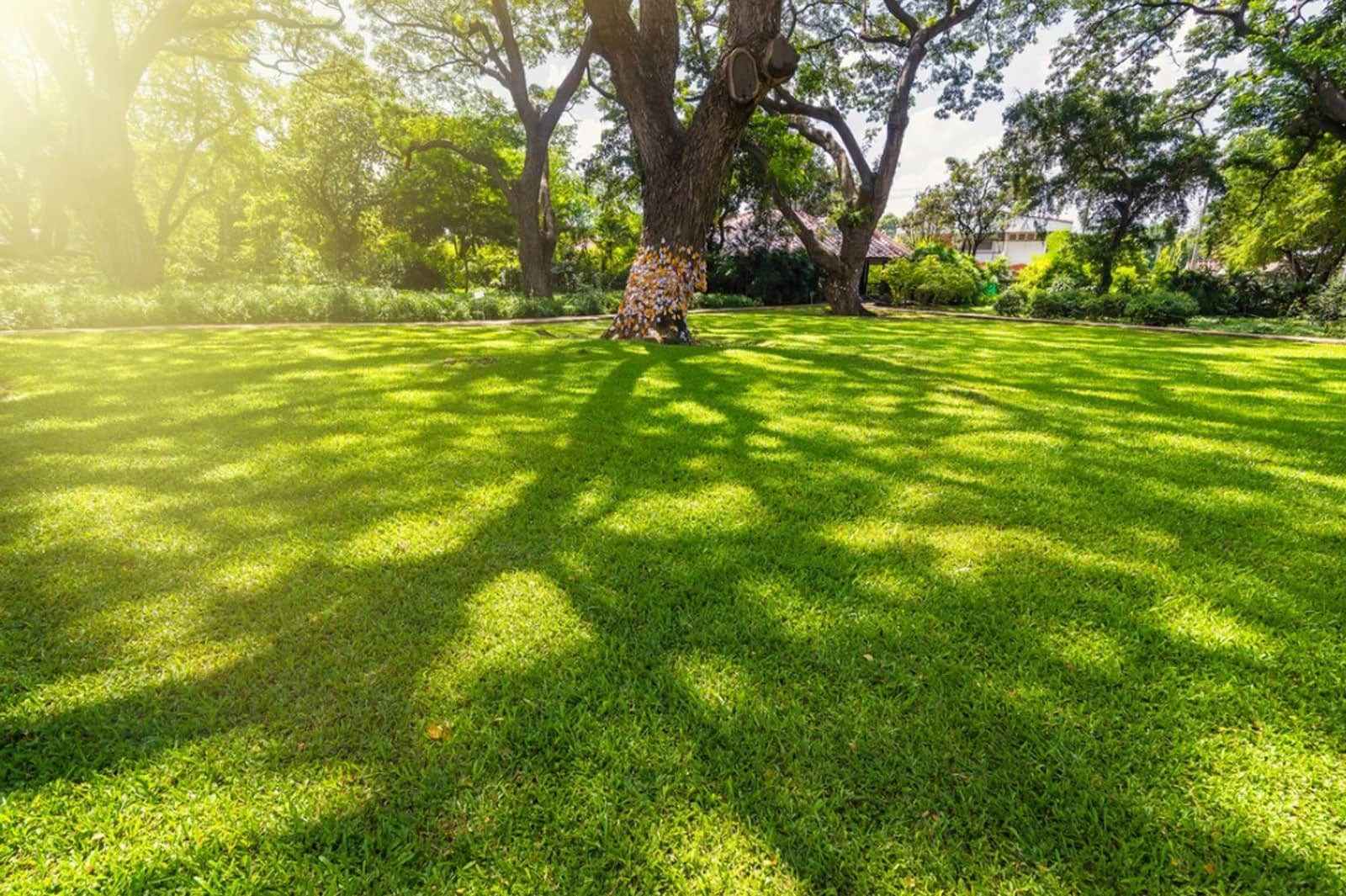
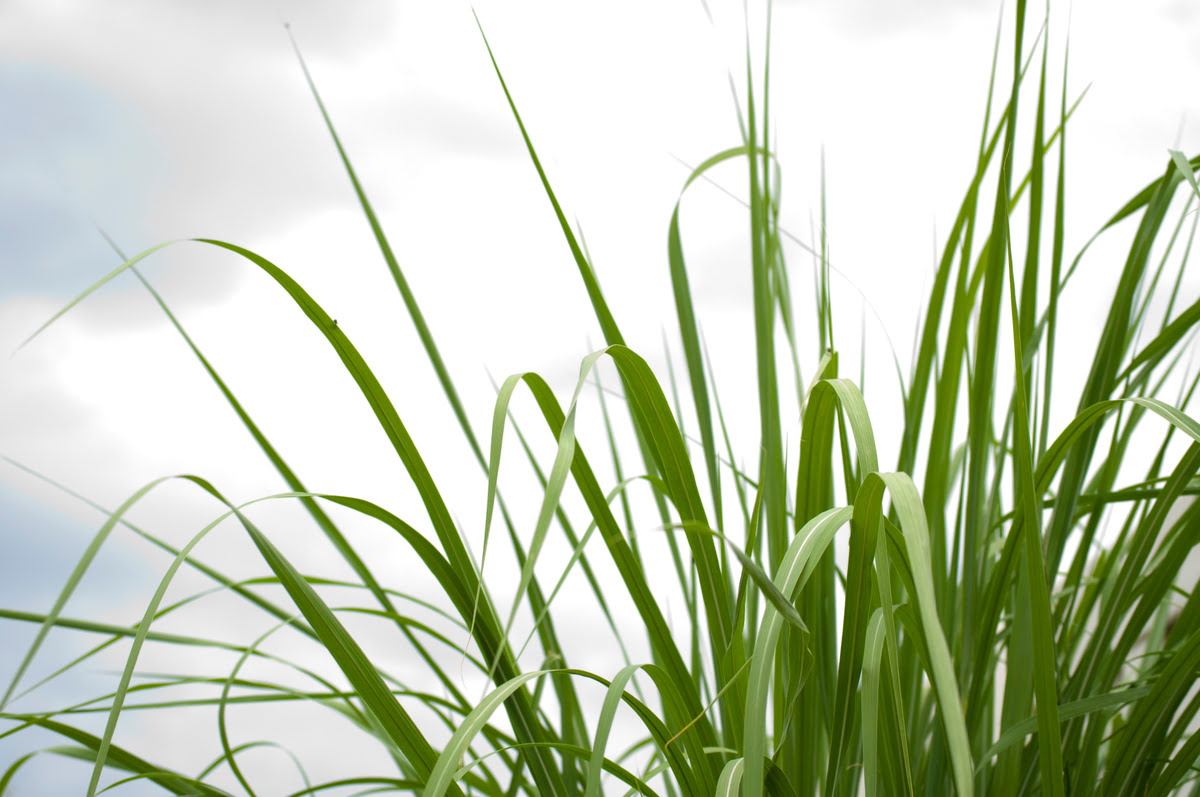

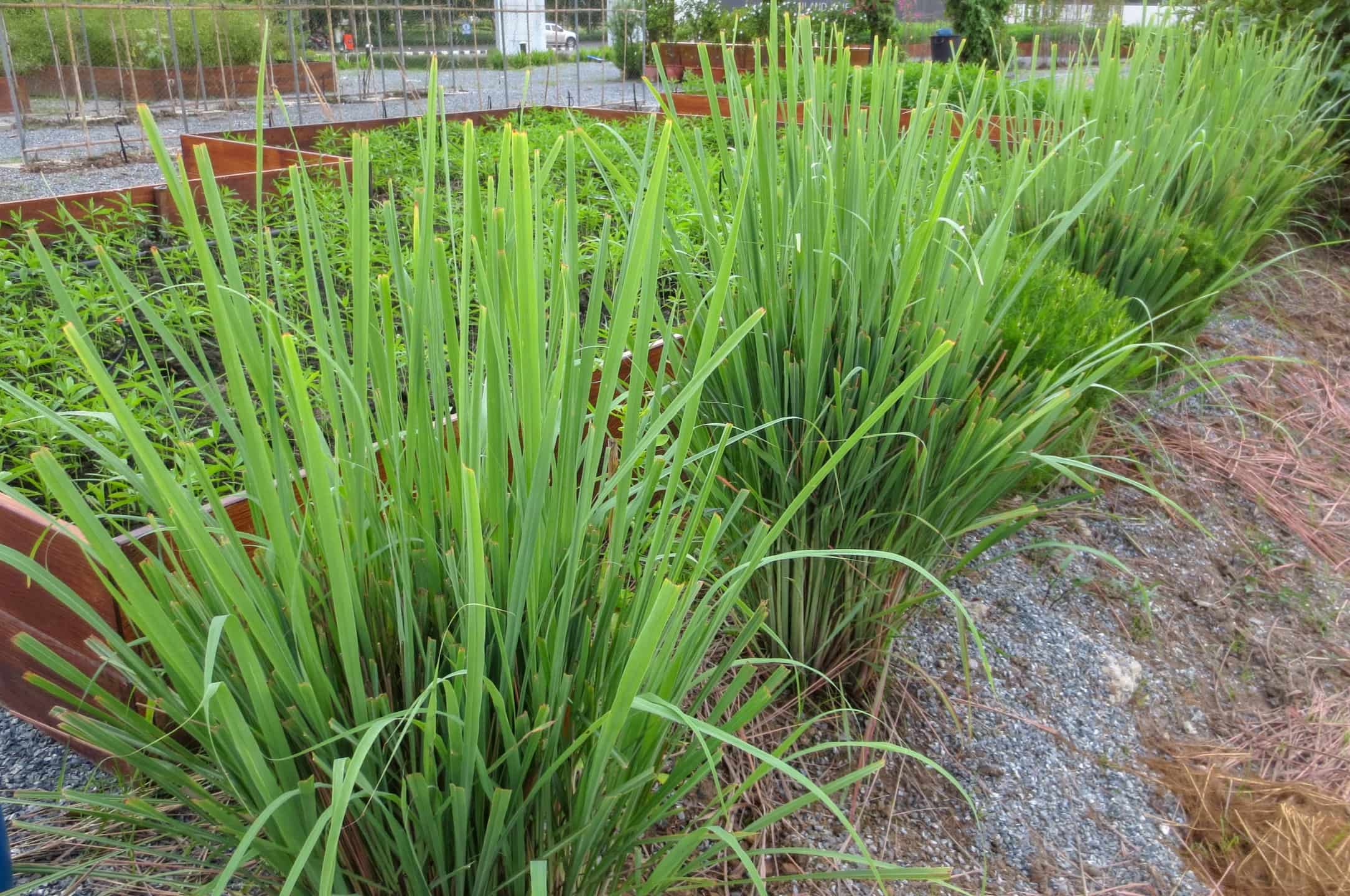
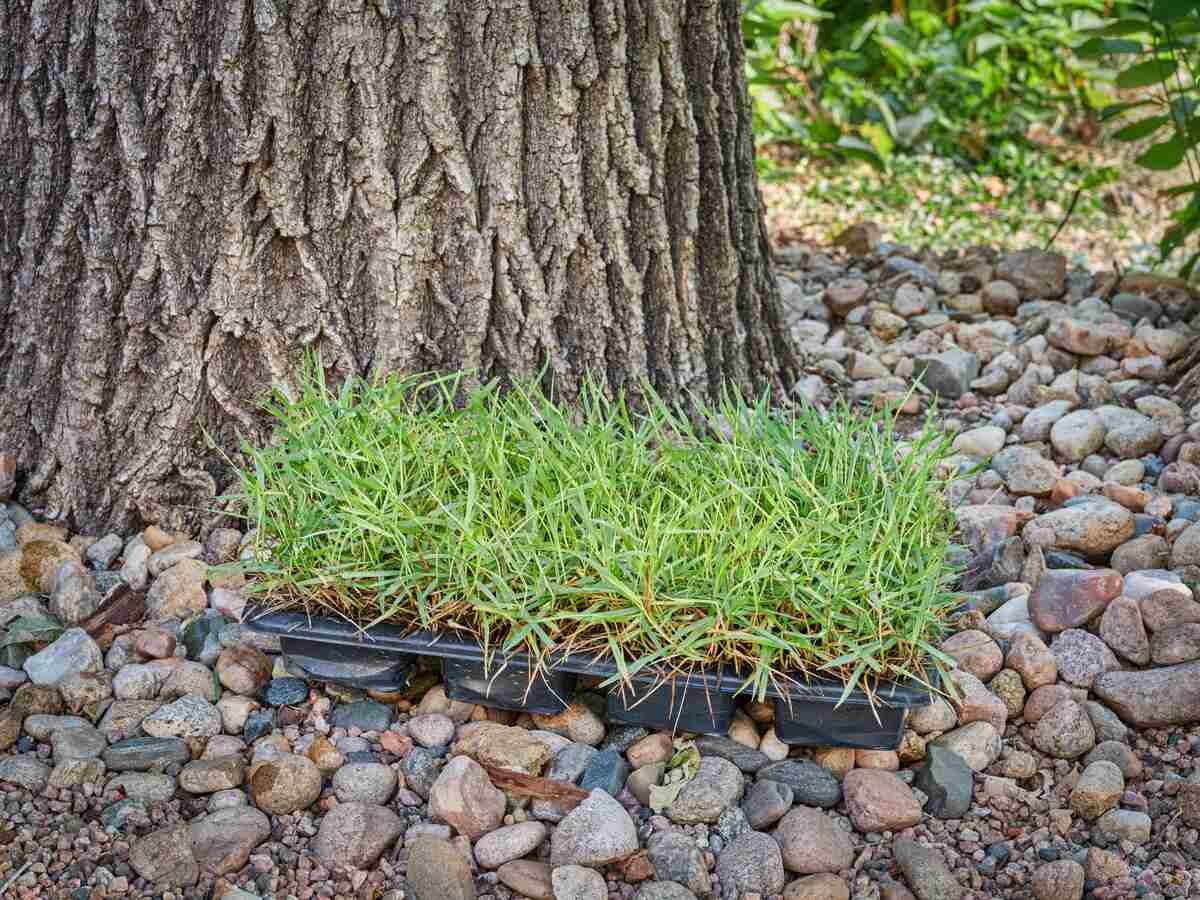

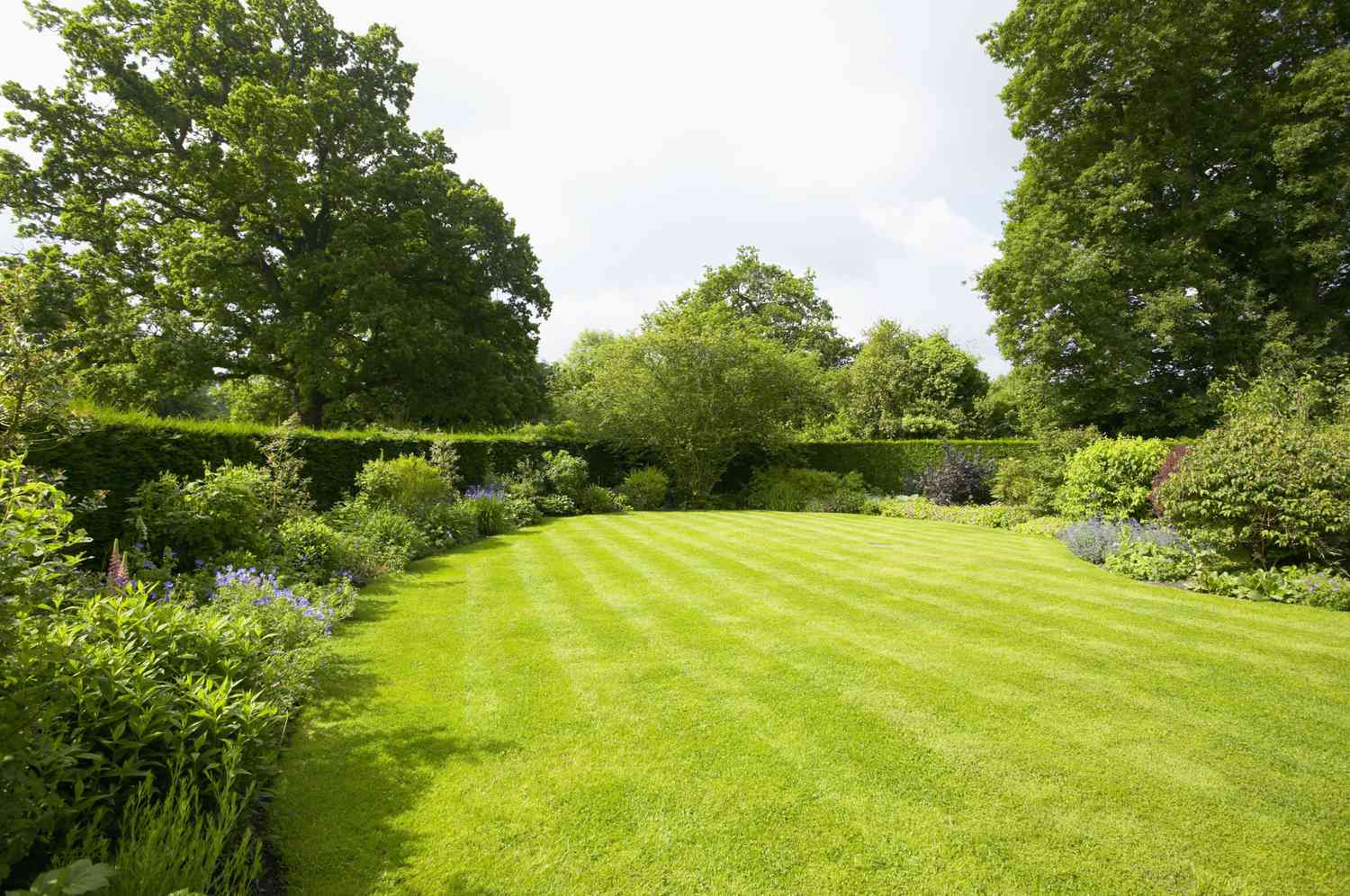
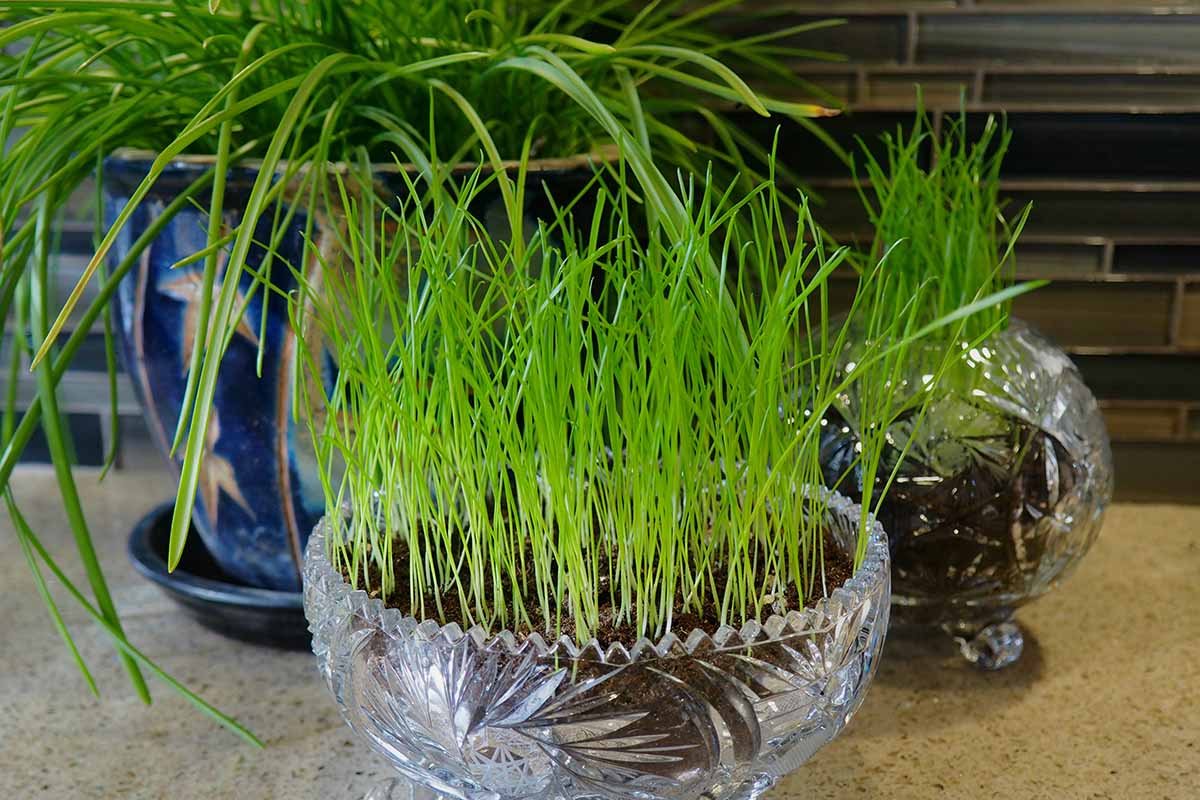
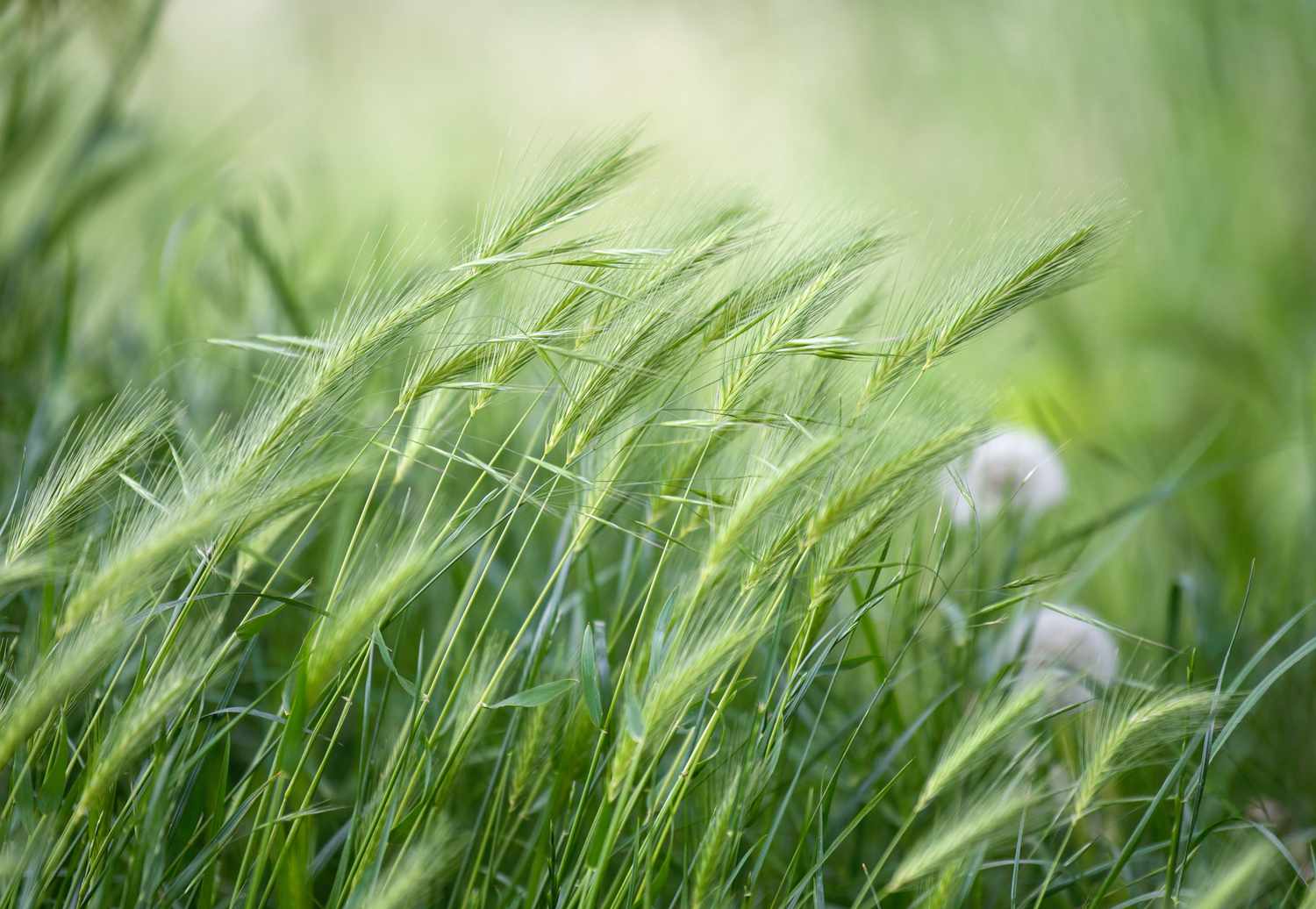
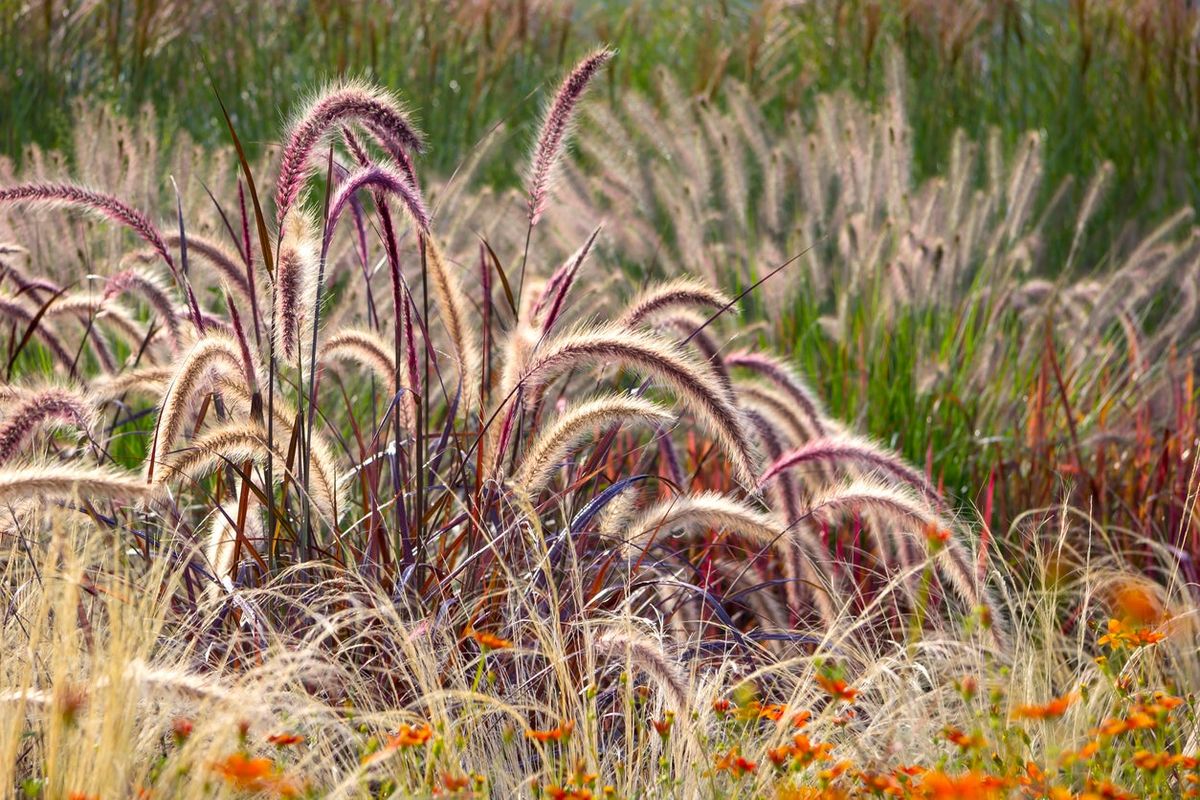
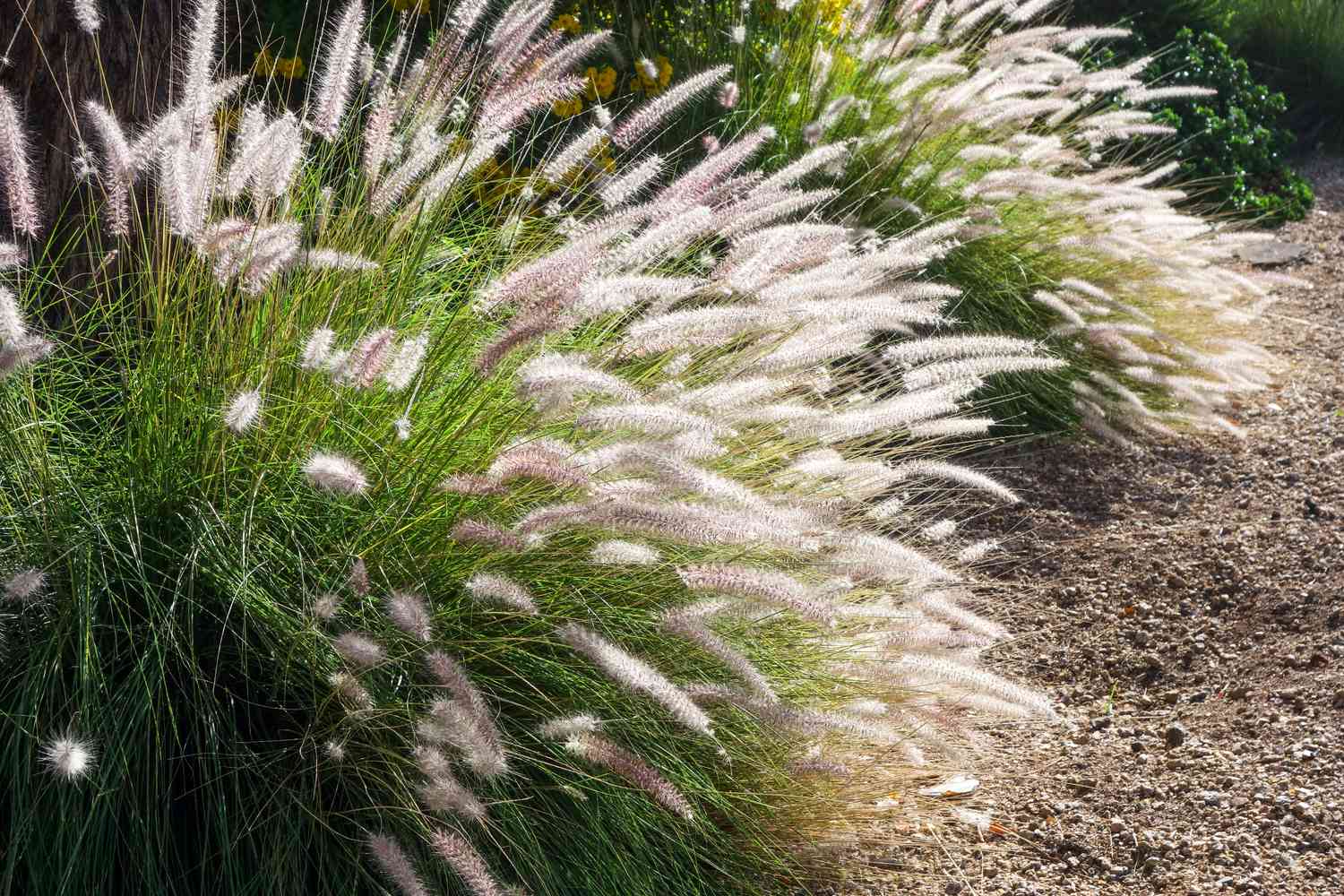

0 thoughts on “How To Grow Grass In An Aquarium”